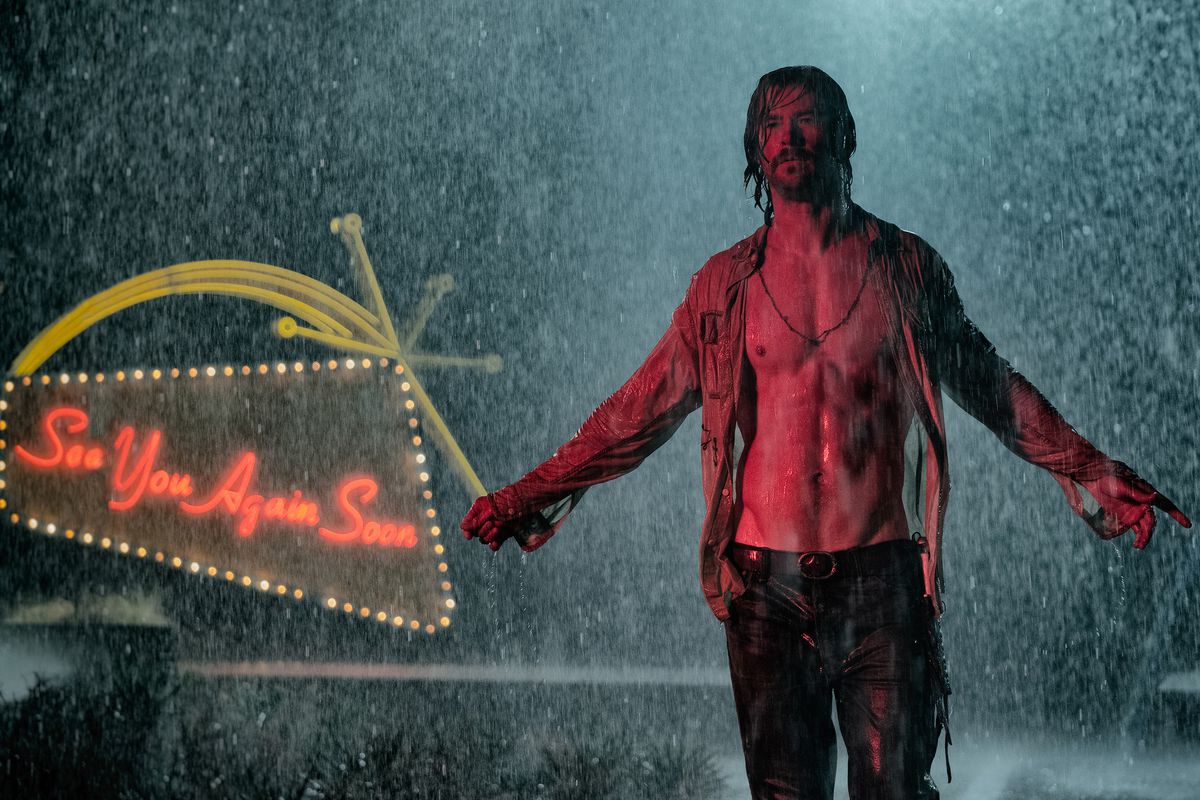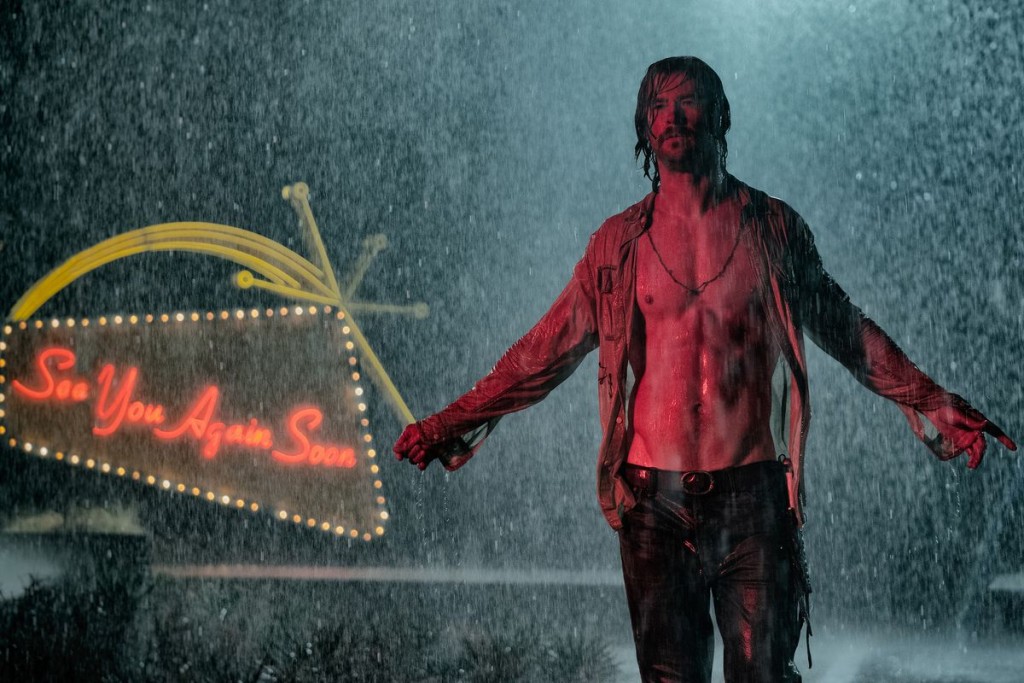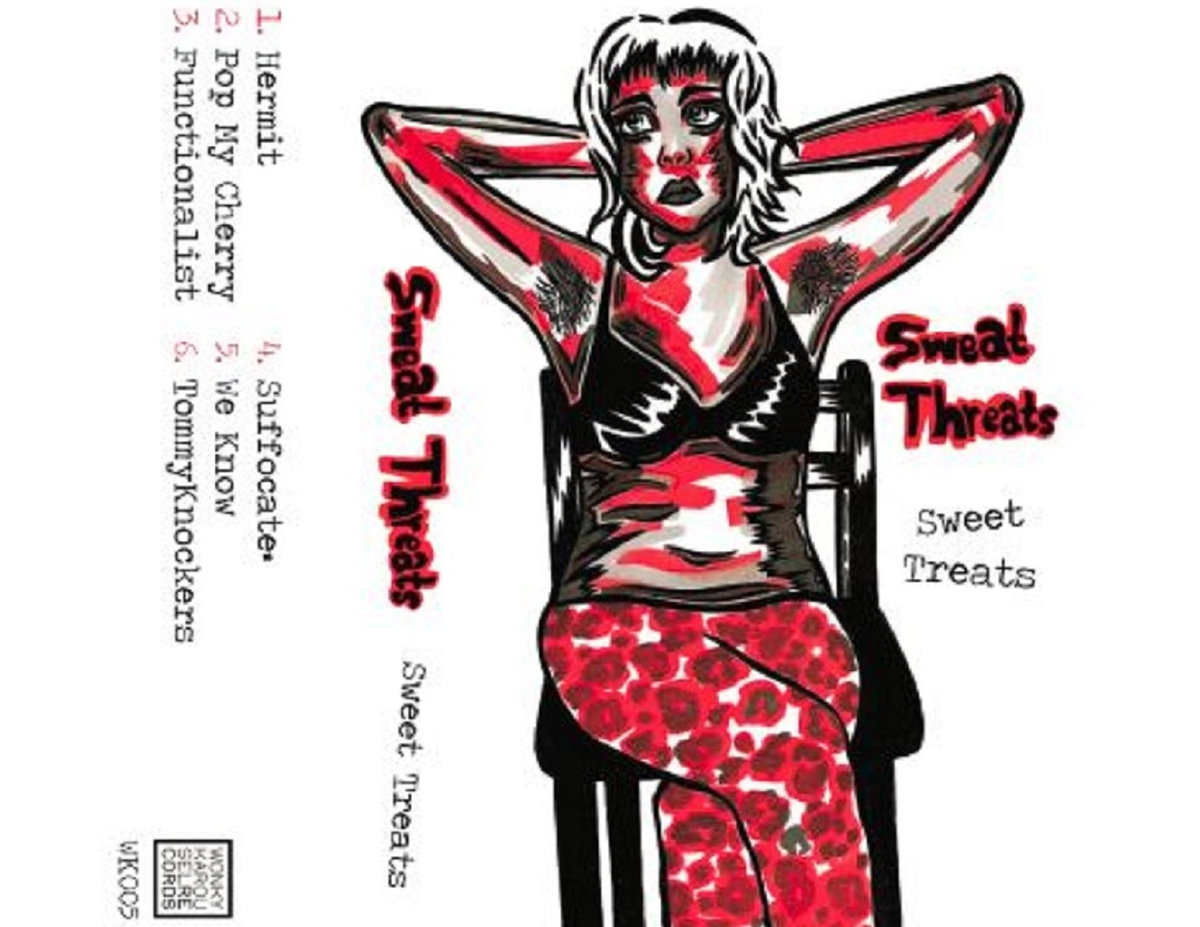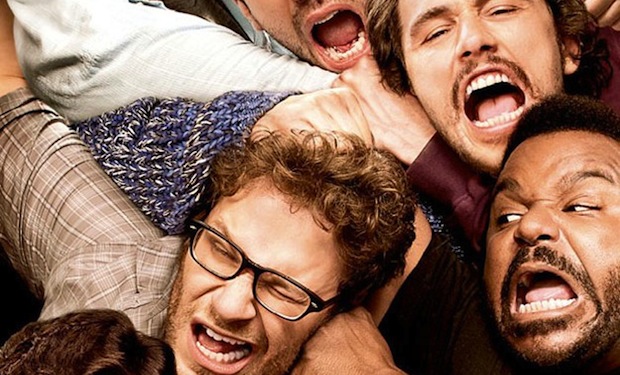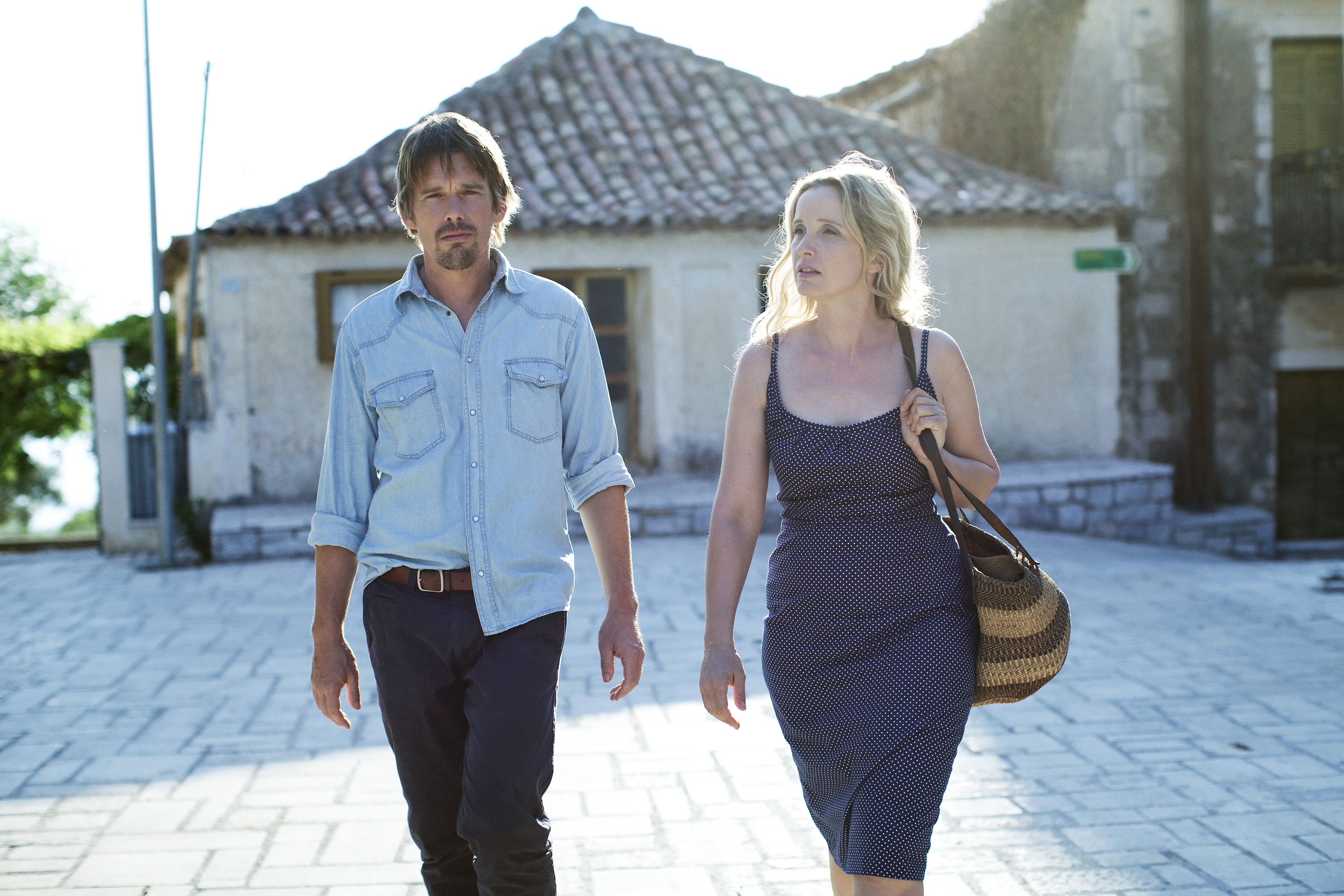Drew Goddard has an attraction to high-concept ideas.
The former Lost and Buffy The Vampire Slayer writer made his feature directorial debut with 2012’s Cabin in The Woods, a slasher meta-horror about a group of teens tormented by secret scientists and their army of canonical monsters and horror tropes. Cabin’s wall-breaking endeared it to genre die-hards, but it’s hard to recall much else the movie did that was scary or interesting.
This problem is present, to much greater effect, in Bad Times at the El Royale. Goddard’s second film as writer-director isn’t quite as novel as Cabin, falling more comfortably inside genre lines, but it’s also a movie which operates more on the level on conceit than story, a collection of screenplay tics in need of a more emotionally agile, unifying vision. Plus it’s almost an hour longer.
The El Royale is a dive hotel of faded glory that sits on the state line between California and Nevada, the property split in two like someone has just run a giant red marker down the middle. As the bellboy Wade (Manny Jacinto) explains in his rehearsed intro, guests can stay in one state or the other. There are some superficial differences in decor and alcohol policy, but otherwise the division doesn’t really matter. And there’s part of the issue: the bifurcated hotel is a cute concept, but has no practical outcome on the story. It’s there because it seems novel and interesting; but the idea doesn’t actually go anywhere.
The same applies to the ensemble mystery thriller in general. We have a crew of suspicious types checking in. Jeff Bridges is Fr. Daniel Flynn, a priest with a spot of grand larceny in his rear-view; Emily (Dakota Johnson) is on the run and not in the mood for chitchat; Laramie (Jon Hamm) is a vacuum salesman with overflowing patter and a secret compartment in his suitcase; Darlene (Cynthia Erivo) is a soul singer with a gig nearby. And into the fray jumps Chris Hemsworth’s Billy Lee, a heart-throb cult leader with hippie runaways under his spell.
Goddard borrows atmosphere rather than creating it himself.
He borrows it from the cultural markers of the 70’s setting: Nixon on television talking about Vietnam; Motown hits blaring on the soundtrack; Hemsworth’s Manson vibes. He borrows it from structural novelties; the guests’ stories are told in turn, with vintage title cards displaying their room number, so the narratives jump around and criss-cross. He borrows it from mystery MacGuffins: loot buried under floorboards, bugs in the sockets, cameras and two-way mirrors, an incendiary film reel.
He borrows and borrows and when the final bill comes due, he’s all tapped out.
El Royale decorates itself in a stylish, neon, art deco aesthetic, and the performers bring what energy they can. There is a melancholy to Bridges’ expressions, and Hemsworth makes a nice psycho, but otherwise the characters feel more like types than people. The film is slow and laboriously paced, the tension more theoretical than visceral. It lacks a compelling way to build the individual stories into eachother, so when the ensemble is forced together at the end it doesn’t feel like anything tangible is at stake.
It’s not that the film runs out of steam. It’s that it never produces it in the first place. Conor Smyth
Bad Times at the El Royale is on wide release from Friday 12th October.

